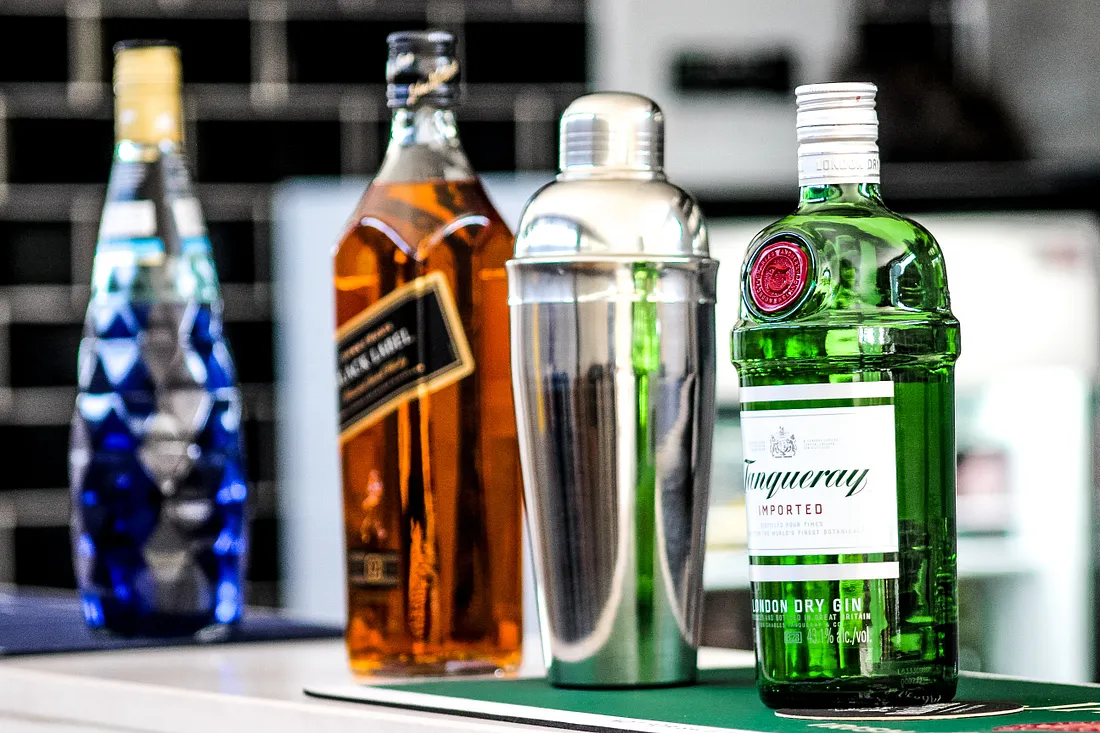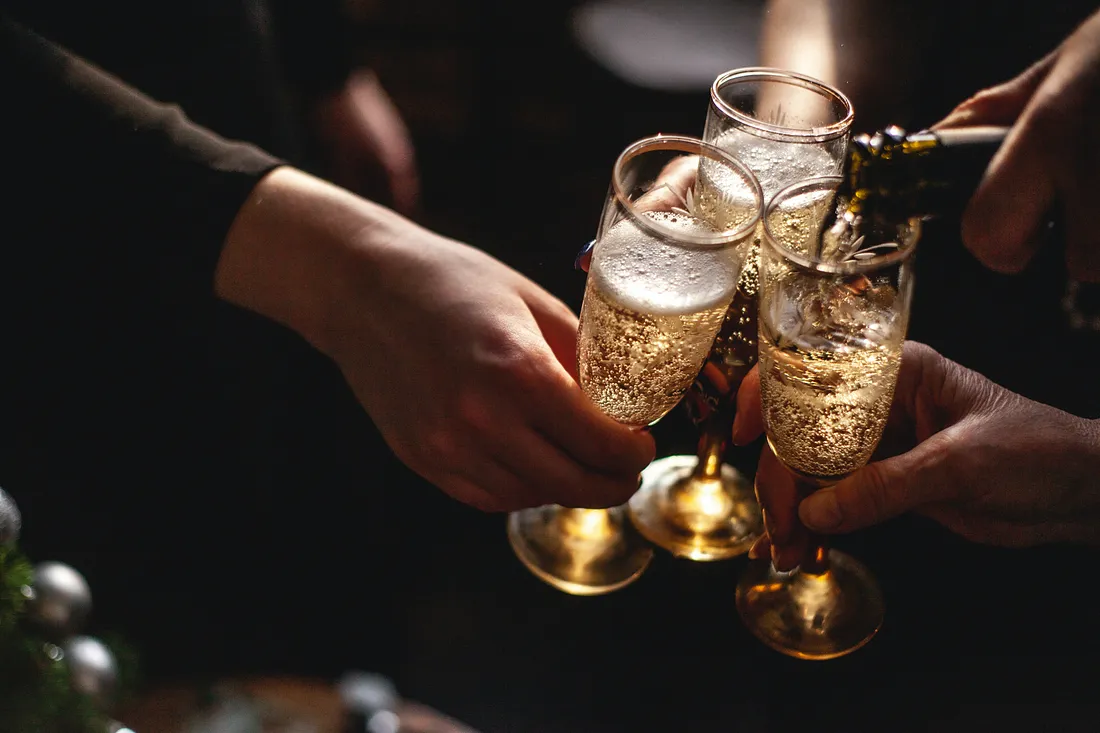Straight up: Spirit sales rise over beer
Americans love beer. In 2021, 187 million barrels of beer were consumed, making it a $100 billion market. So it might be shocking to learn that for the first time, distilled spirits surpassed beer in sales in 2022–with spirit sales at 42.1 percent of the alcoholic beverage market share and beer at 41.9 percent. While this news marks a new turn in the beverage industry, it may not be surprising to those who’ve followed consumer trends in the last decade. Distilled spirits have steadily grown in popularity, gaining market share for 13 years until becoming America’s beverage of choice in 2022. Not only is this great for the country’s liquor companies and retailers, but it’s also welcomed news for the hospitality industry. On-premise spirit sales are still 5 percent below where they were pre-pandemic. However sales are trending upward–a good, albeit slow, sign of recovery for the hospitality industry. How spirits surpassed beer Americans spending more on drinks while they dine out isn’t the only trend driving sales. The market also got a boost from the current cocktail wave sweeping the nation, such as the espresso martini revival. High-end spirits also helped grow the market. Premium sales accounted for more than 60 percent of the sector’s revenue last year, according to the
Is it Dry January’s last call?
I recently wrote about the growing number of new nonalcoholic bottle shops popping up in major cities–fueled by the burgeoning sober-curious movement. So, it may shock you to learn one of the movement’s more popular trends, Dry January (when people give up alcohol for the first month of the year), is on the decline. You heard that right: Fewer people say they’re participating in 2023’s sober festivities according to a recent survey by Morning Consult. This year, the number of adults who said they would take part in Dry January dropped from 19 percent to 15 percent compared to last year. But the reason why may surprise you. Dry January’s dry spell If more adults are embracing sobriety as a lifestyle (even if it’s just a month-long), then why did Dry January participation take a hit? We just answered our question. One reason fewer people are partaking is because people are drinking less overall. This is especially true for millennials. In December 2021, almost 70 percent said they drink. Last December, that number dropped to 62 percent. This is huge for a generation that reports drinking alcohol more frequently than others. And, ironically, Dry January participation might also be down due to last year’s success. That is, 2022’s
Is it Dry January’s last call?
I recently wrote about the growing number of new nonalcoholic bottle shops popping up in major cities–fueled by the burgeoning sober-curious movement. So, it may shock you to learn one of the movement’s more popular trends, Dry January (when people give up alcohol for the first month of the year), is on the decline. You heard that right: Fewer people say they’re participating in 2023’s sober festivities according to a recent survey by Morning Consult. This year, the number of adults who said they would take part in Dry January dropped from 19 percent to 15 percent compared to last year. But the reason why may surprise you. Dry January’s dry spell If more adults are embracing sobriety as a lifestyle (even if it’s just a month-long), then why did Dry January participation take a hit? We just answered our question. One reason fewer people are partaking is because people are drinking less overall. This is especially true for millennials. In December 2021, almost 70 percent said they drink. Last December, that number dropped to 62 percent. This is huge for a generation that reports drinking alcohol more frequently than others. And, ironically, Dry January participation might also be down due to last year’s success. That is, 2022’s


